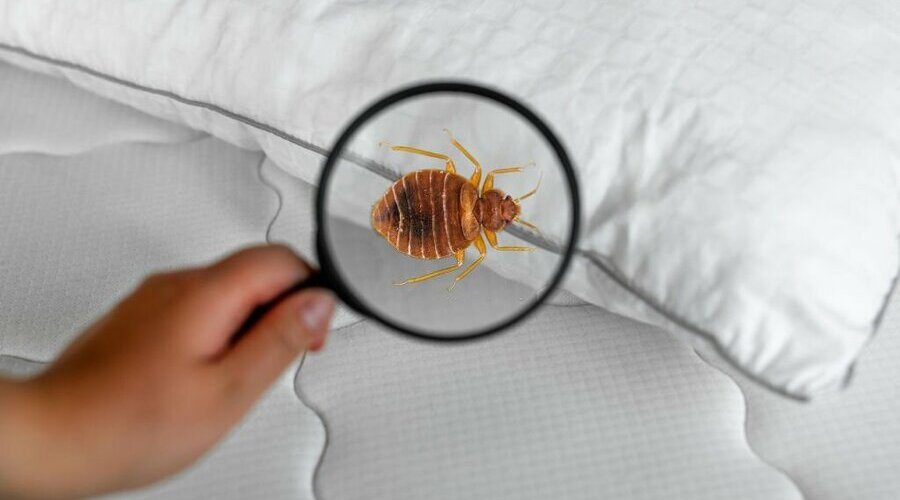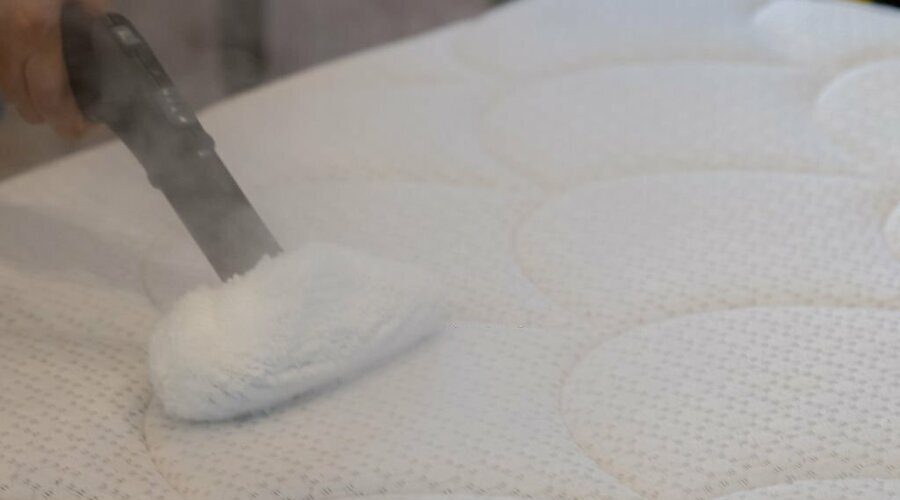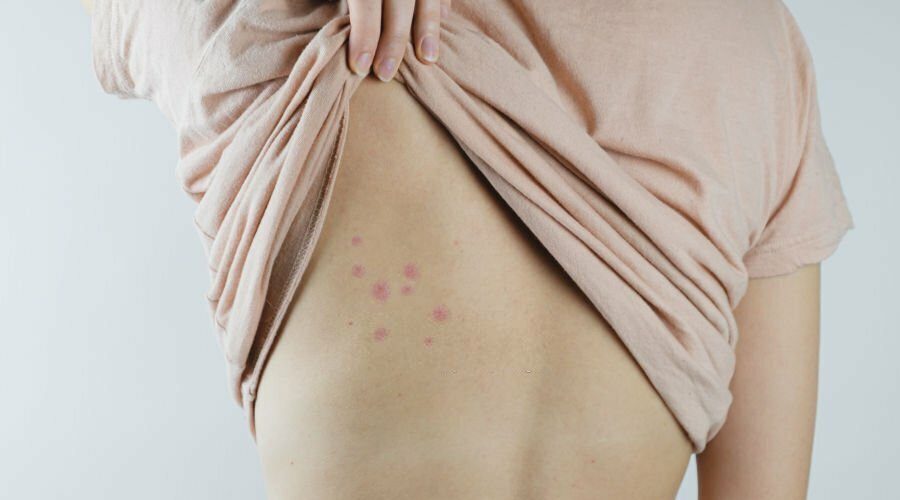9 Tips to Safeguard Your Home Against Bed Bugs
Practical Steps to Ward Off Bed Bugs
Bed bugs can be annoying and difficult to get rid of.
The best way to deal with them is to prevent them from getting into your home in the first place.
This article outlines key steps you can take to keep these pests out of your house.
Key Takeaways
- Inspect secondhand furniture before bringing it home
- Seal cracks and crevices where bed bugs can hide
- Encase mattresses and box springs in protective covers
- Wash and dry bedding on the highest heat settings
- Keep clutter to a minimum
- Check for signs of an infestation regularly
- Act quickly if you suspect bed bugs
- Consider preventative bed bug treatments
- When traveling, inspect hotel rooms for signs of bed bugs
1. Inspect Secondhand Items
Bed bugs easily travel on used furniture, mattresses, clothing, and other household items. Carefully check all secondhand items for signs of an infestation before bringing them home. Look in seams, tufts, and crevices for bed bugs or tiny dark spots indicating bed bug droppings or bloodstains.
2. Seal Cracks and Crevices
Bed bugs squeeze into narrow spaces and cracks to hide during the daytime. Seal crevices along baseboards, window and door casings, wall hangings, behind wall outlets, and other areas. This removes hiding spots and deters bed bugs from crawling around.
Use caulk, putty, plaster, or foam crack sealants to close gaps where bed bugs can hide.
3. Encase Mattresses and Box Springs
Protect mattresses and box springs with sealed encasements made of fabric that bed bugs can’t bite through. This traps any bed bugs already inside and prevents new ones from getting in.
4. Wash and Dry on High Heat
Wash bedding, linens, curtains, clothes, and other items that come in contact with your bed in very hot water and dry them on the hottest cycle. The extreme heat kills bed bugs and their eggs.
Use the sanitise or hottest setting (at least 120°F) when washing and drying items to eliminate bed bugs.
5. Reduce Clutter
Keep clutter to a minimum in bedrooms and other living areas. Things like books, papers, clothing piled on the floor give bed bugs plenty of spots hide during the day. Storing items tidily in sealed containers helps eliminate places for bed bugs to nest.
Declutter rooms and keep items organised inside plastic bins to eliminate bed bug hiding places.
6. Inspect Regularly
Check mattresses, box springs, bed frames, linens, furniture, and surrounding areas near the bed frequently for signs of bed bugs. Catching an infestation early makes treatment easier before the bugs multiply and spread.
Inspect your bed at least once a month to detect bed bug problems early on.
7. Take Swift Action
If you discover bed bugs, take quick steps to help halt the infestation. Contact a pest control professional for advice and to discuss treatment options. Don’t delay seeking help — bed bugs reproduce rapidly and can quickly get out of hand.
Act fast at the first signs of bed bugs to keep the infestation from escalating.
8. Consider Preventative Treatments
Proactive use of bed bug pest control sprays and powders in cracks in crevices can help deter infestations before they happen. Seeking professional preventative treatments periodically inoculates your home against future bed bug problems.
Applying bed bug insecticides before there’s an issue helps ward off infestations.
9. Inspect Hotel Rooms
Unpack luggage onto a luggage rack instead of the bed or floor. Check the mattress seam and headboard area for signs of bed bugs when traveling and staying in hotels or other accommodations.
Thoroughly inspect beds, furniture and luggage racks in hotels for bed bugs before settling into the room for your stay.
Frequently Asked Questions
How do you confirm you have a bed bug infestation?
Look for live bed bugs, small blood or fecal spots, eggs, and shed skins. Also get a pest control company to positively identify them.
Can bed bugs live in upholstered furniture?
Yes, bed bugs can hide in seams, tufts, and crevices in upholstered furniture near beds, where they have access to people to bite.
What signs to look for to see if a bed bug has bitten a person’s skin?
Small red itchy welts or bumps on the skin, often in lines or clusters. Also look for blood spots on sheets from smashed insects.
Why is heat treatment good for killing bed bugs?
Bed bugs are susceptible to temperatures above 120°F. Heat treatment heats a room to kill all stages of the insect with heat and not rely on insecticides.
Conclusion
Preventing bed bugs takes vigilance, but is important for your health and comfort.
These apple seed-sized insects hide in cracks and crevices, emerging to bite bodies and feed on blood.
Sealing up hiding spots, encasing mattresses, and applying targeted pesticides before infestations get established are proactive ways to keep your home bed bug-free.
With careful monitoring and immediate action when signs appear, you can stop these irritating pests from infiltrating your space and negatively impacting your quality of life.



